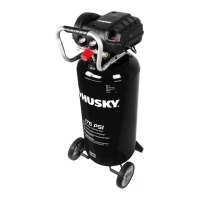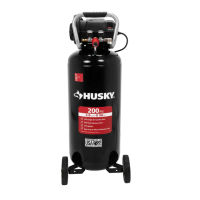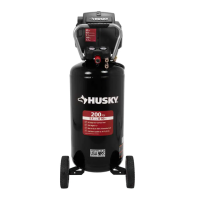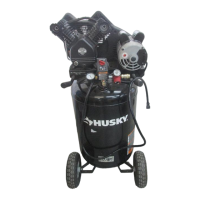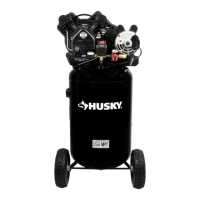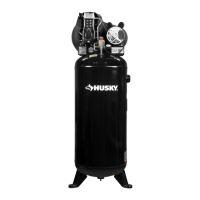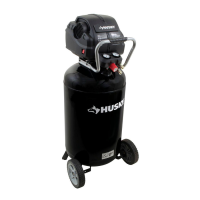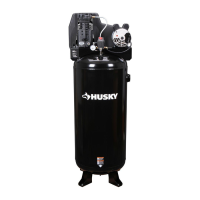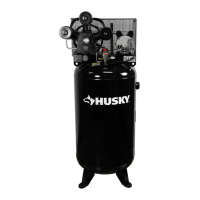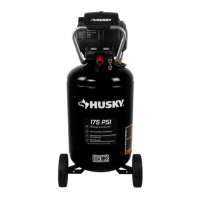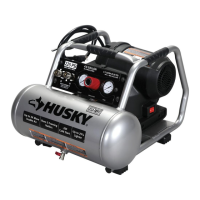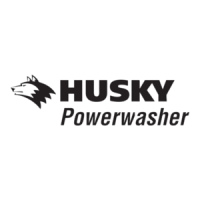THANK YOU
We appreciate the trust and confidence you have placed in Husky through the purchase of this air compressor.
We strive to continually create quality products designed to enhance your home. Visit us online to see our full line of
products available for your home improvement needs. Thank you for choosing Husky!
USE AND CARE GUIDE
20-GALLON PORTABLE AIR COMPRESSOR
Questions, problems, missing parts?
Before returning to the store, call
Husky Customer Service
8 a.m. - 6 p.m., EST, Monday - Friday
1-888-43-HUSKY
HUSKYTOOLS.COM
Item #0000-000-000
Model #C201H
